What’s Wrong With Buying Hermit Crabs?
You’ve probably seen hermit crabs for sale in malls or souvenir shops, right? To you or your parents, they may seem like the “perfect” companion—they’re inexpensive, cute, interesting, and small. But in reality, crabs are complex animals who need to be in the wild in order to be happy and healthy.
Even if you have the best intentions of loving and caring for a hermit crab, buying one means supporting a cruel industry that takes these sensitive animals from their homes in the wild and ships them off to a store to be sold for profit. 🙁
Here are seven reasons why you should never buy a hermit crab:
1. Every land hermit crab sold in a souvenir shop or mall has been captured from his or her home in the wild, as hermit crabs rarely breed in captivity.
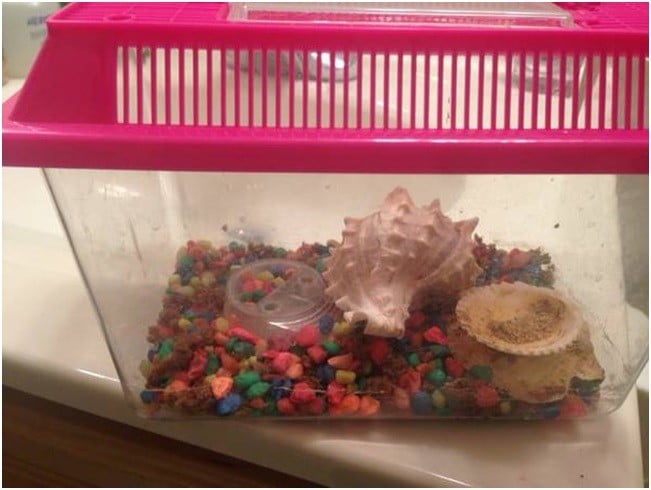 Laura Cascada | www.plightofthehermies.org
Laura Cascada | www.plightofthehermies.org
2. Hermit crabs need lots of friends! They thrive in large colonies, where they often sleep piled up together. They enjoy climbing, foraging, and exploring, and they even collaborate in teams to find food.
3. Hermit crabs can live for more than 30 years in their natural habitats on tropical seashores, but after being purchased, most only live for a few months to a year.
4. To their caretakers, captive “hermies” might seem to be acting normally, but many crabs actually slowly die from suffocation because they require high humidity in order to breathe.
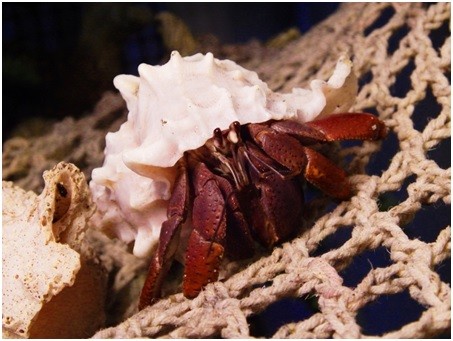 Laura Cascada | www.plightofthehermies.org
Laura Cascada | www.plightofthehermies.org
5. Hermit crabs are also often slowly poisoned by tap water and the toxic paint adorning their shells. Crabs don’t care if they are orange or purple, but they pay with their lives because humans do!
6. Crabs need space to molt (shed their skin) and grow. A crab’s skin doesn’t stretch and grow like ours does, so they need very deep, damp sand to burrow under in order to molt. Without proper space to molt, a crab’s body will stop the molting process until his or her death.
7. The hermit crab trade hurts other wild crabs, too. Workers collect thousands of shells from the ocean every year in order to paint them and sell them with “pet” crabs. This deprives wild hermit crabs of homes that are in short supply and contributes to what has been called the “hermit crab housing crisis.”
At any given time, 30 percent of wild crabs are inhabiting shells that are too small for them—after their growth phase in the spring, this can jump to nearly 60 percent.
How Can You Help Hermit Crabs?
Never, ever buy a hermit crab. They’re not “starter pets”—they’re complex, sensitive animals who want to live in the wild, not in a cage. Even the most well-meaning person who purchases crabs will never be able to give them the life that they deserve.
If you or someone you know already has a hermit crab, check out this hermit crab care guide for helpful tips on keeping crabs happy. Hermit crabs need companionship, plenty of climbing room, deep sand or other material to bury themselves in for molting, humidity, warm temperatures, extra shells, fresh and salt water (dechlorinated aquarium salt only), and much, much more! Please also never release a captive crab back into the wild.



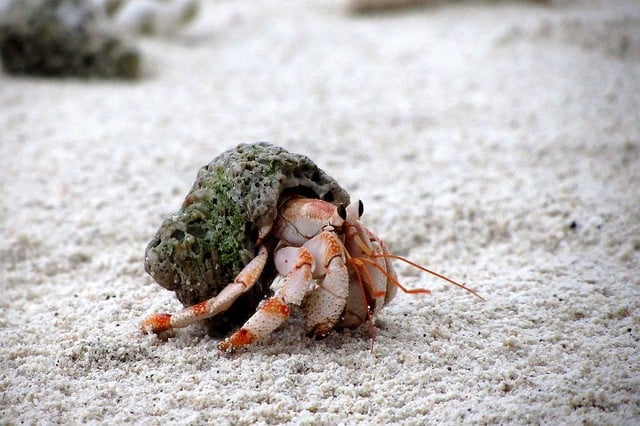
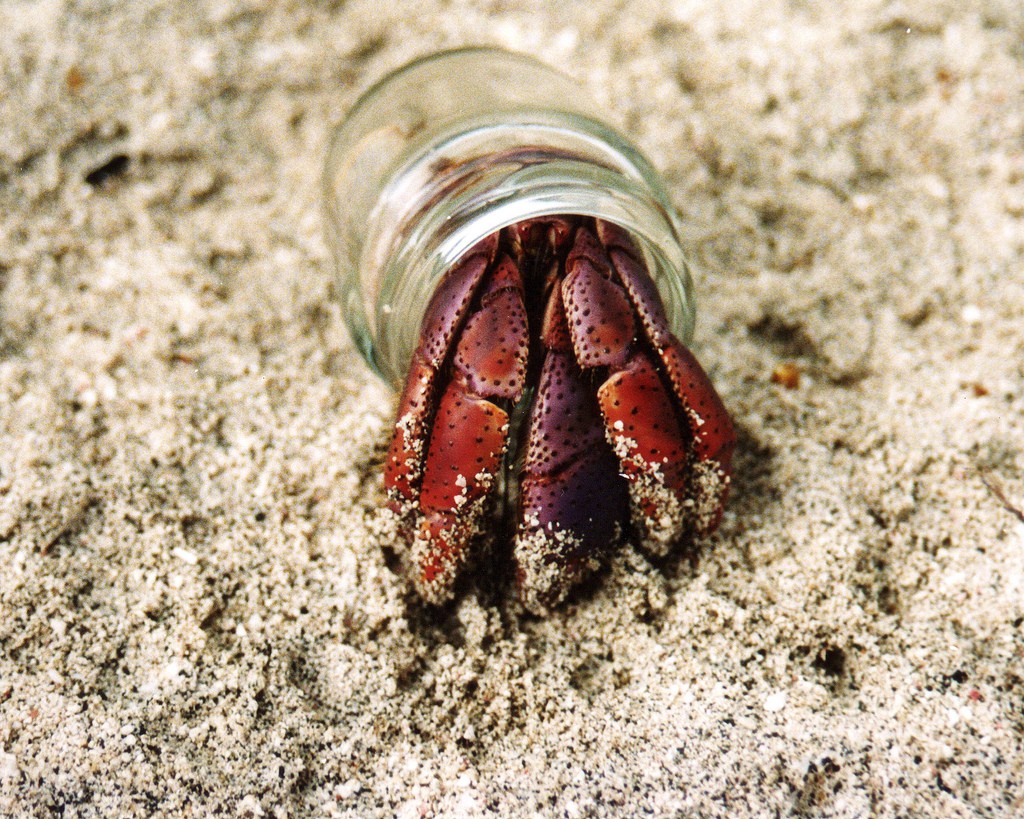
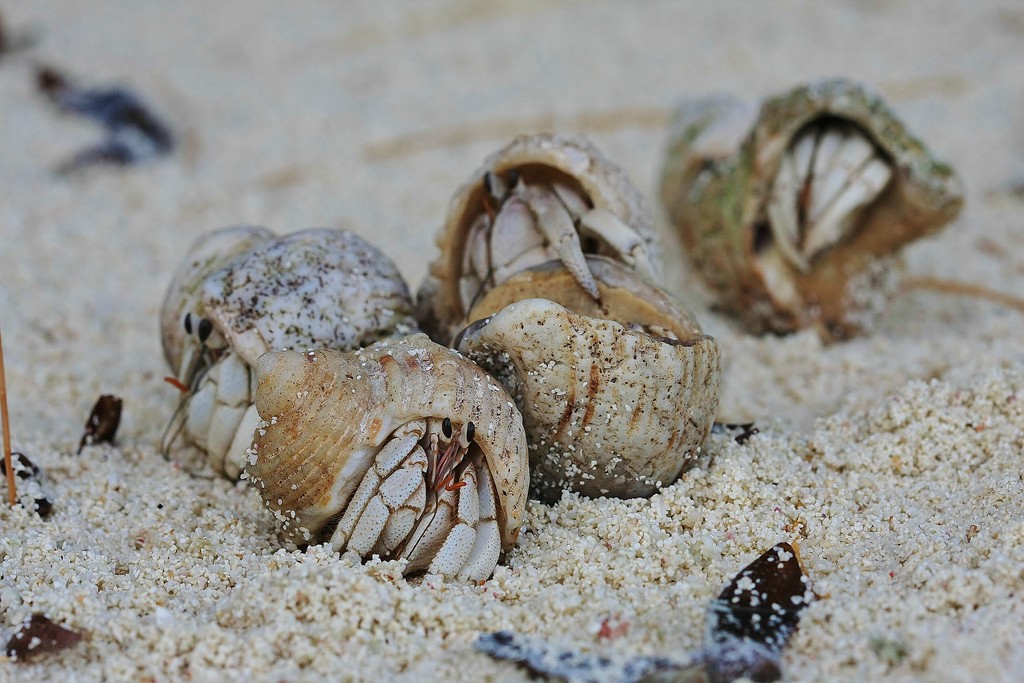
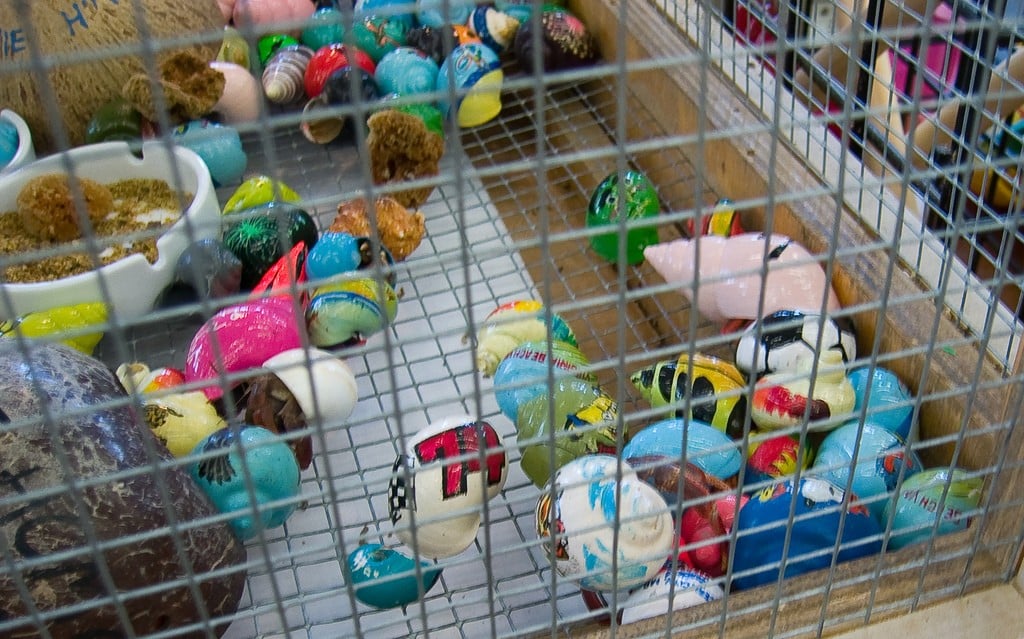
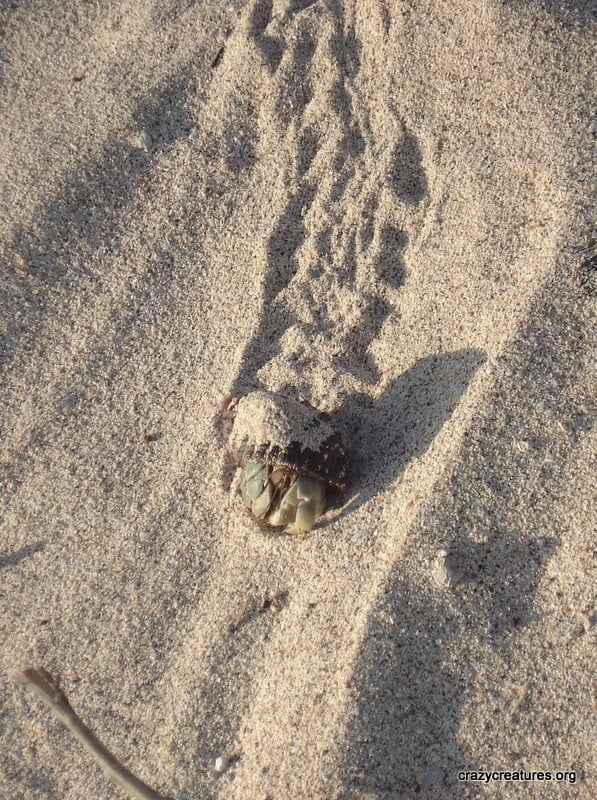
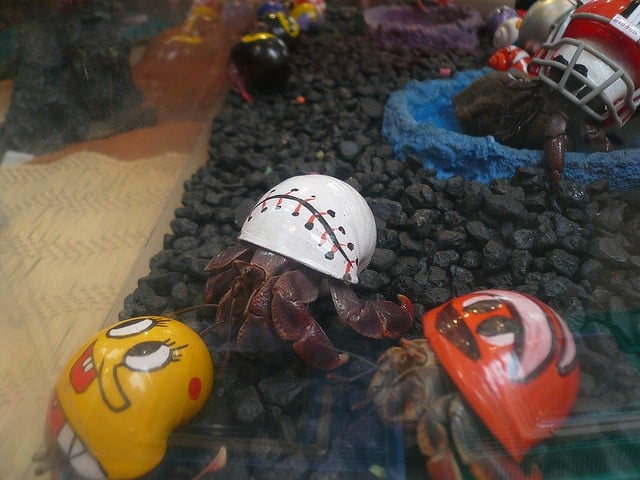
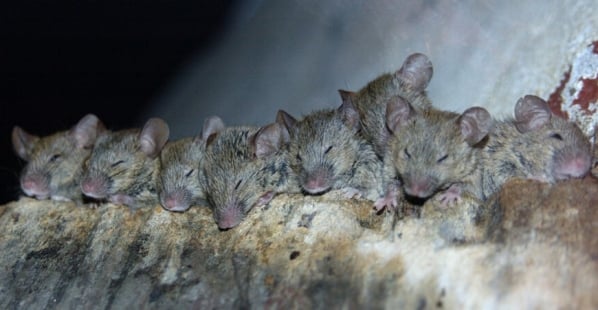
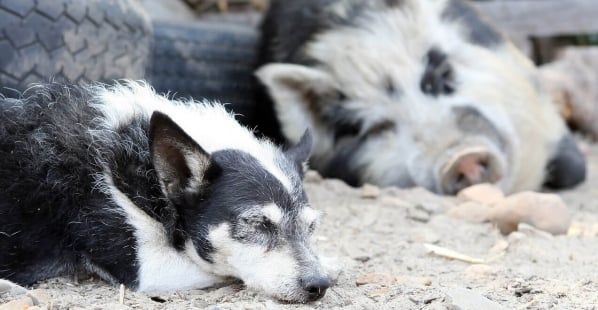

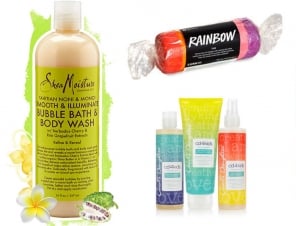
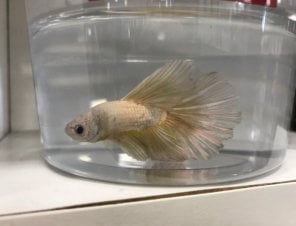
Under 13? Ask your parents bee-fore you continue!